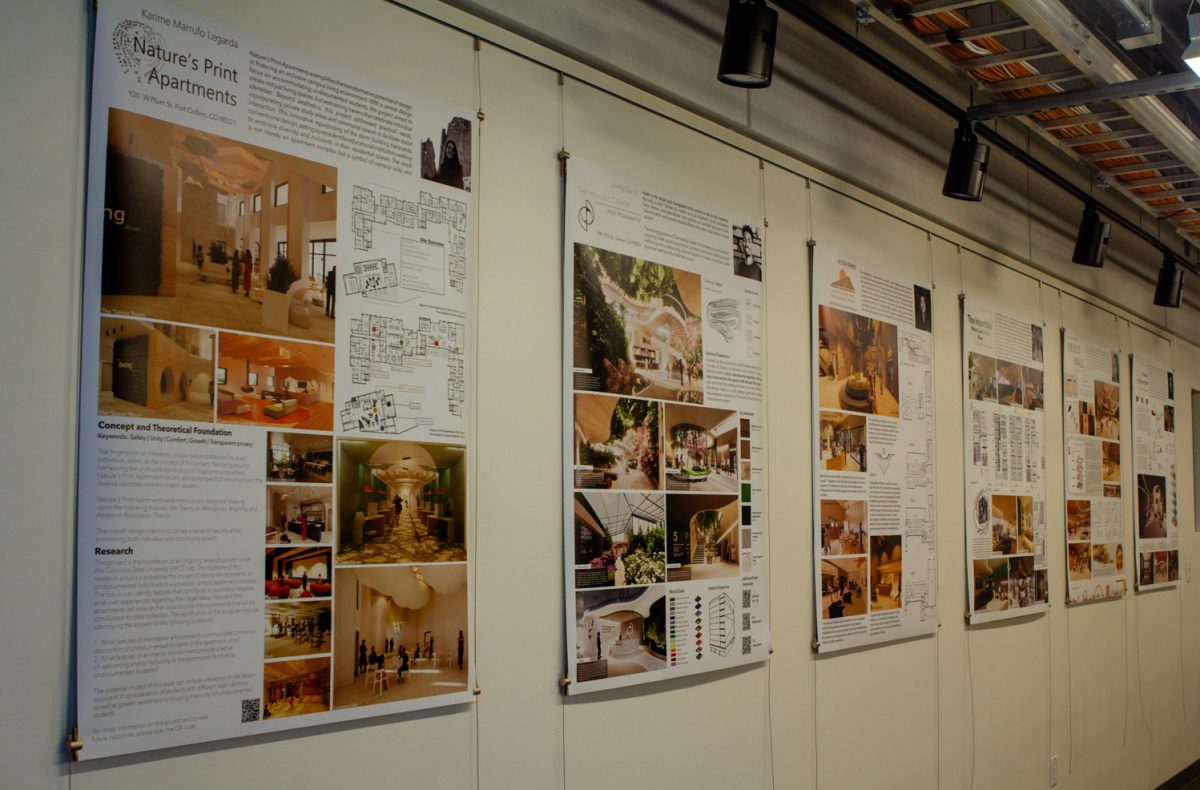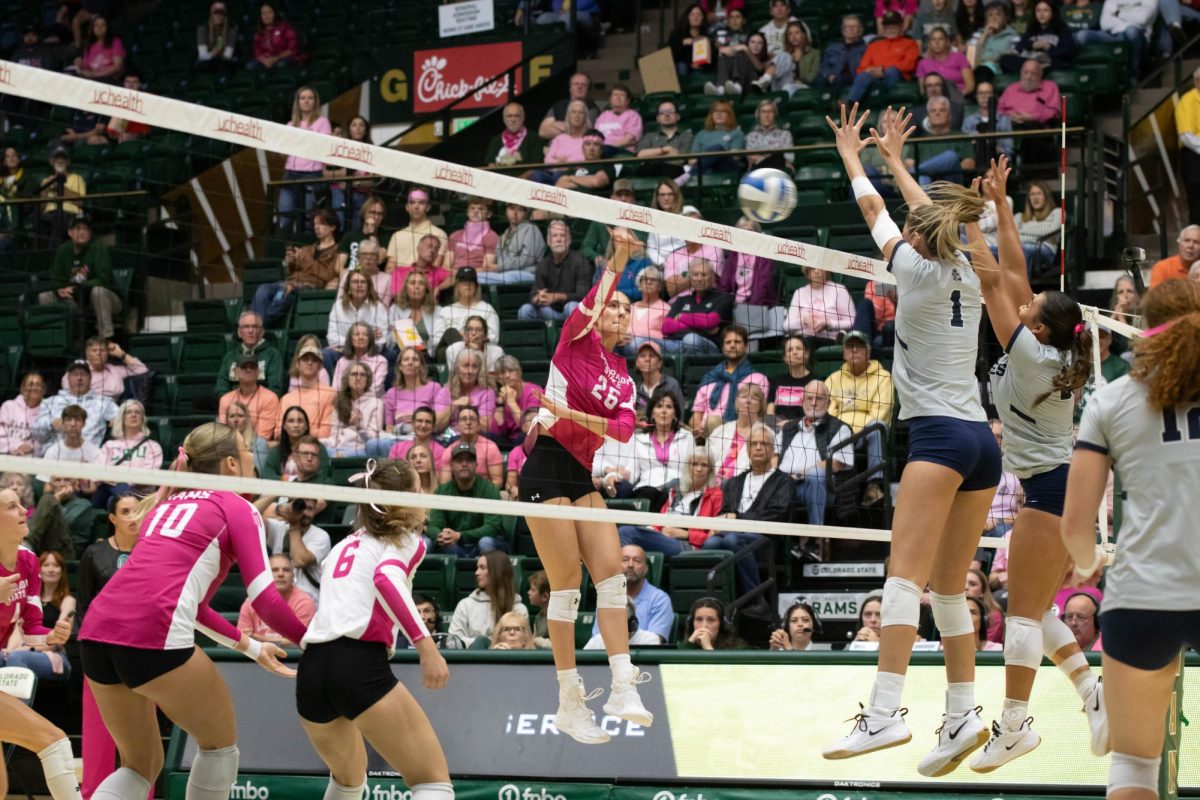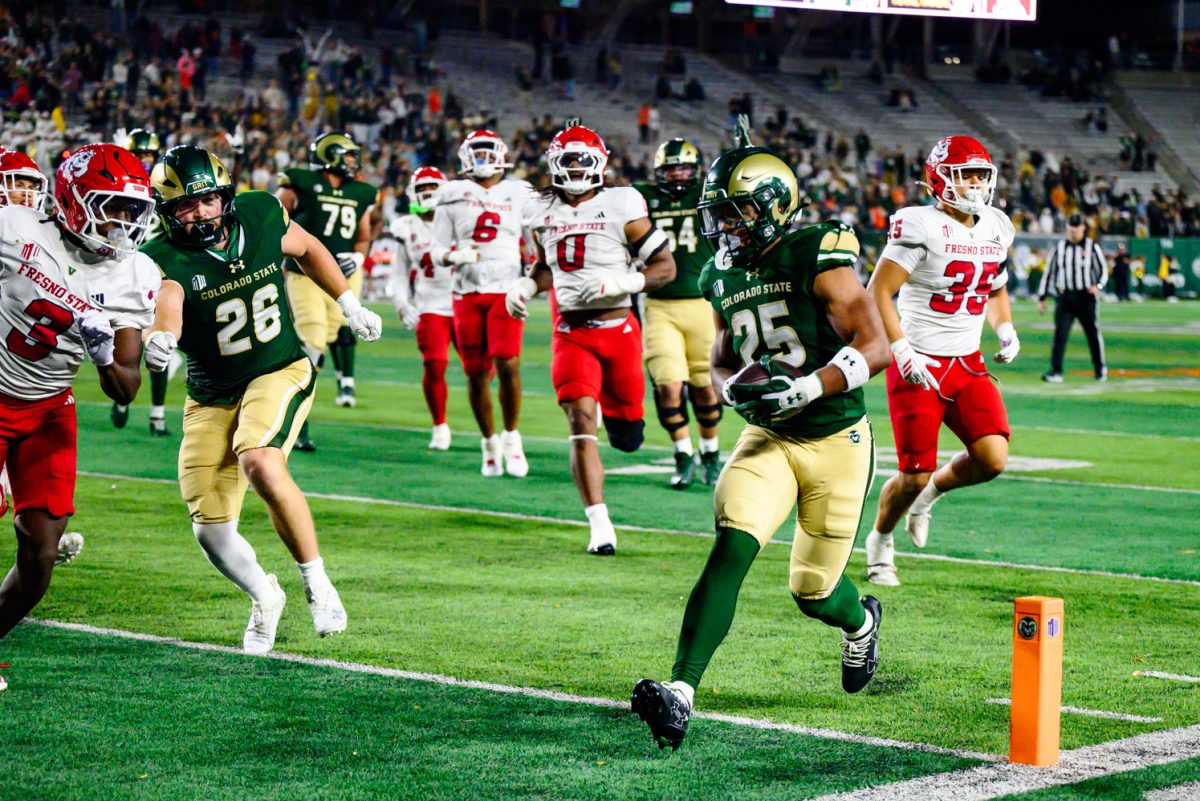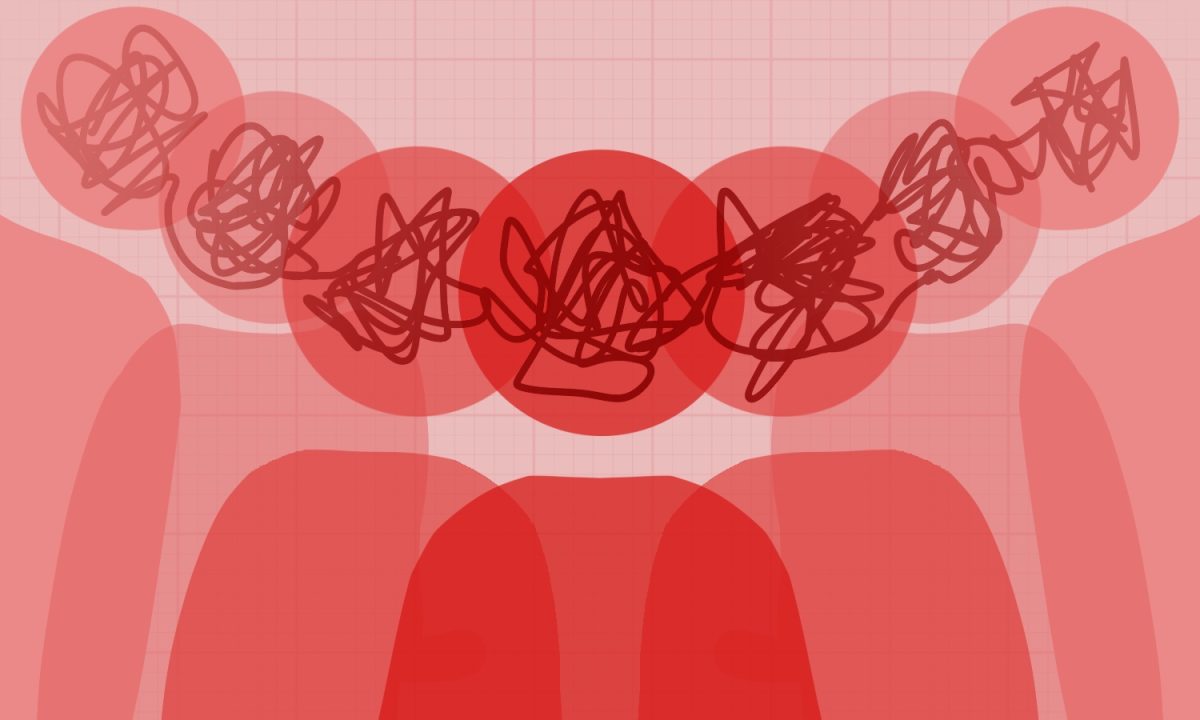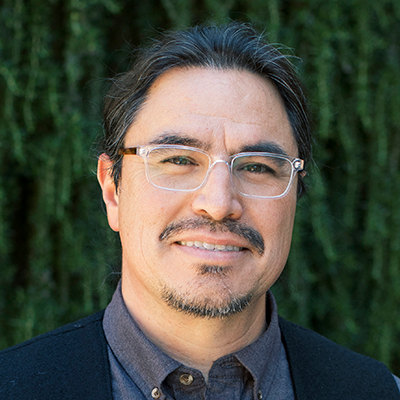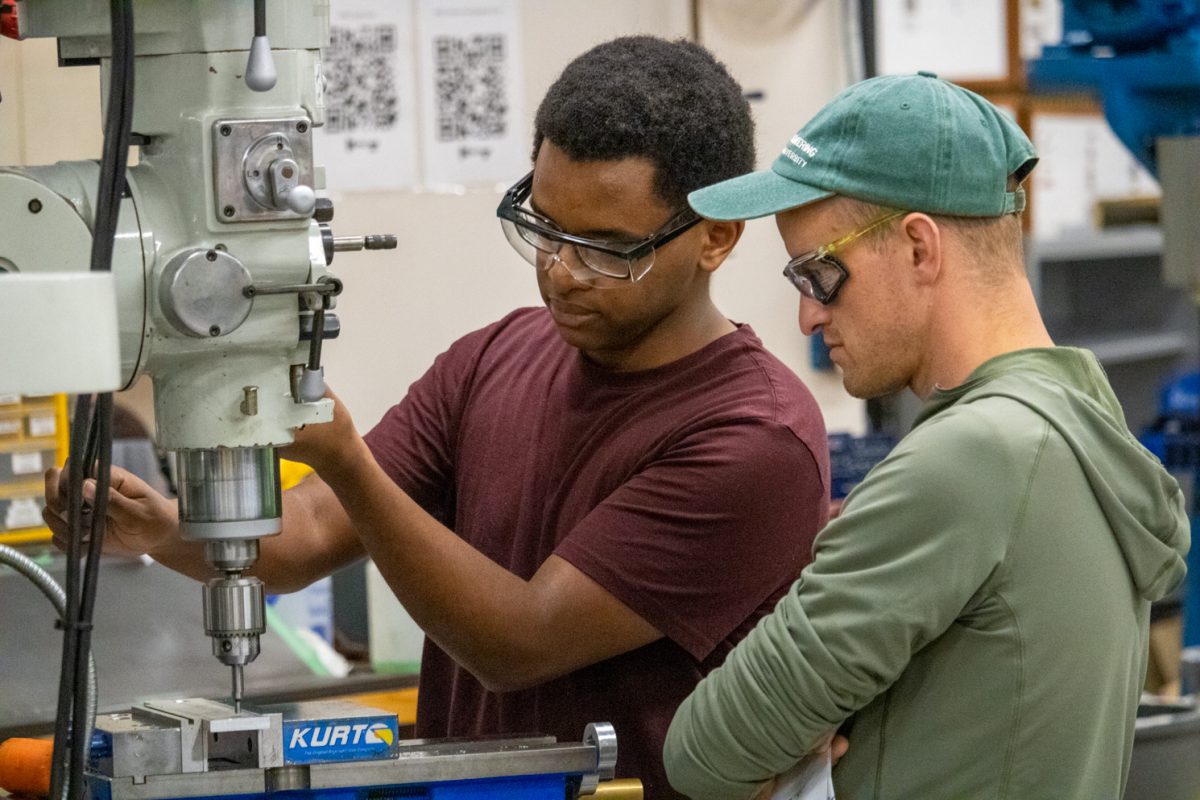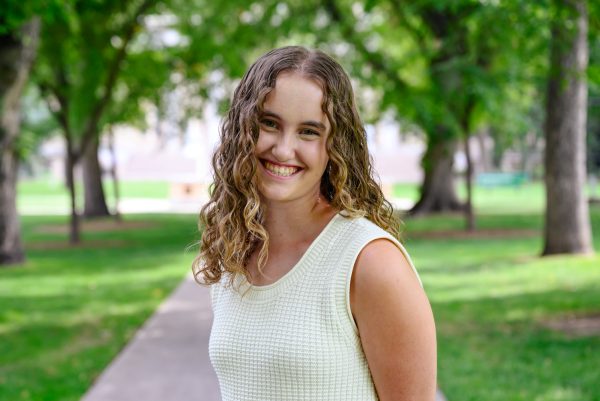Nestled in the Nancy Richardson Design Center, Colorado State University’s interior architecture and design students possess the industry’s latest technologies and scientific innovations at their fingertips, developing skills that will carry them well into their professional futures.
The design and merchandising department is home to two undergraduate majors — interior architecture and design and apparel and merchandising — both of which award a Bachelor of Science upon completion. The program is housed in the College of Health and Human Sciences, a discipline that correlates with the very foundation of interior architecture.
“A lot of times, people think of interior designs as being just a subset, like picking furniture, picking finishes,” said Laura Malinin, associate professor and Nancy Richardson Design Center director. “But it really is about (the) whole spatial layout.”

Interior architecture includes everything within a building’s shell, including wall locations, door height, specific lighting angles and interior finishes. All are aspects that contribute to a building’s psychological effects on occupants.
“Interior designers need to understand how the environment impacts people, both in terms of their cognitive processes and in terms of their physiological well-being,” Malinin said. “So there’s a lot of research. For example, a lot of the theories that students learn, even from the very beginning that help them understand how to design, have to do with the human experience.”
This process of incorporating natural elements is known as biophilic design, and it can be utilized to conjure various emotions from a building’s inhabitants.
“Natural elements within design can help people not only feel more comfortable in a space — especially within hospitals — they can actually make patients feel better and bring (an) outside element of natural healing,” said Bryce Greenwood, an interior architecture and design student.
Students are trained to ensure their designs meet top industry criteria, including the WELL Building Standard, which is awarded to buildings that have been “developed with people’s health and wellness at the center of design,” as outlined on the organization’s website.
“It’s creative problem solving. So it really is a nice bridge between sort of art, the more engineering technology and the human sciences all together in one package.” -Laura Malinin, Nancy Richardson Design Center director
Even the smallest of design elements make a difference, such as the placement of stairs, which are critical in the science of interior architecture, as it encourages physical movement in visitors.
To achieve holistic spaces, students utilize various technologies and softwares, all of which are industry standard.
“This year, as a third year, we are learning (Autodesk) Revit, and Revit is super cool,” Greenwood said. “Last year, we learned more of SketchUp and AutoCAD.”
Autodesk Revit is a three-dimensional modeling software. Other softwares utilized include Adobe Photoshop, Illustrator and InDesign, all used for 3D conceptual designs.
Students also have access to several learning laboratories within the Nancy Richardson Design Center, including the DLab, which was designed to serve as a flexible space for students to access cutting-edge technologies that allow them to experience their layouts firsthand through virtual reality.
“Students use a plug-in so that while they’re using the design software, they can actually put on the headset and work in real time,” Malinin said. “So while they’re working, if they put the VR headsets on, they would see what they’re designing in real size with respect to their body. So while designing a building, they can actually virtually walk through it and look around and see what their design would feel like right in that space.”
The Lighting Lab also enables students to gain experience with different lighting sources and systems both in commercial and residential settings. The major is developing a lighting focus course series, and one such lighting technique relies on understanding the circadian rhythm of the human body.
“There’s a whole science behind lighting design to help promote health and well-being,” Malinin said. “Especially when you start talking about people that are differently abled that process light differently or that have dementia (or) have sleep challenges, lighting becomes (a) really important … part of their interest.”
As students progress in the program, the scale of their projects increases along with their knowledge.
“You start out with these tiny projects, and at the end of our capstone, we’re designing 60,000 square feet, which is massive,” said Chloe Gillis, an interior architecture and design student.
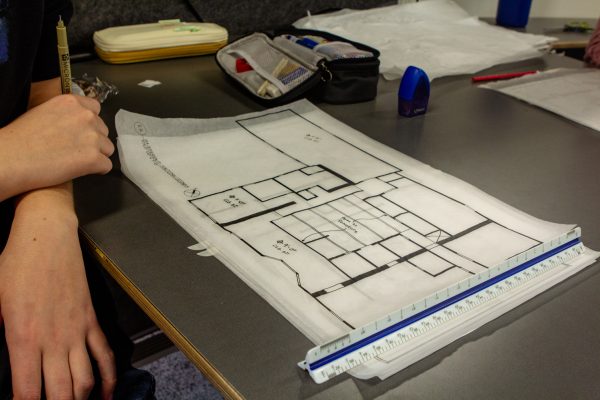
The capstone project spans two semesters, beginning in the fall of students’ junior year when they are tasked with designing an adaptive reuse of a building that exists in the real world with the help of industry professionals.
“They create what’s called a program,” Malinin said. “So what are the types of spaces and the qualities of those spaces they would need for this project to function successfully? They interview people. They do a lot of primary and secondary research to understand their project type and the needs of their potential clients and users.”
Several capstone projects are on display on the second floor of the Nancy Richardson Design Center, and each project is available for viewing online.
While engineering software is utilized in the design process, the program is not limited to those whose thinking aligns more with engineering or mathematics.
“It’s creative problem solving,” Malinin said. “So it really is a nice bridge between sort of art, the more engineering technology and the human sciences all together in one package.”
With the critical eye of an interior architect reflected in every building a visitor enters, every aspect is carefully curated through the science behind the discipline.
“Appreciate all the design around you,” Greenwood said. “It’s all for a reason, and all of the design intent behind it was intended for you.”
Reach Katie Fisher at science@collegian.com or on Twitter @CSUCollegian.



